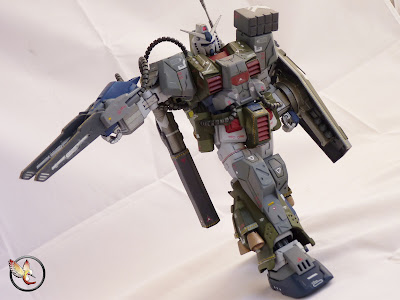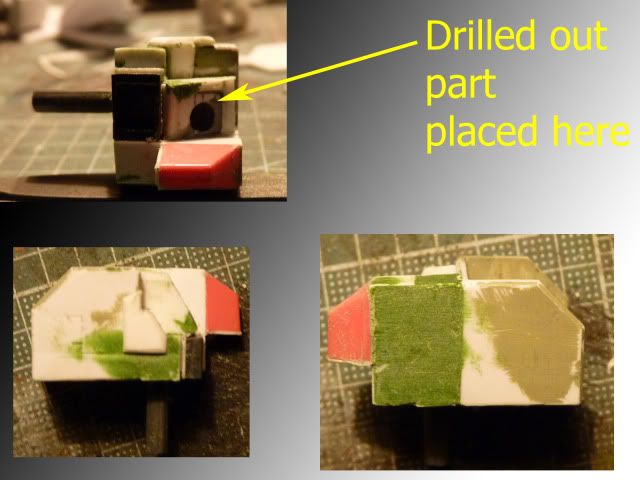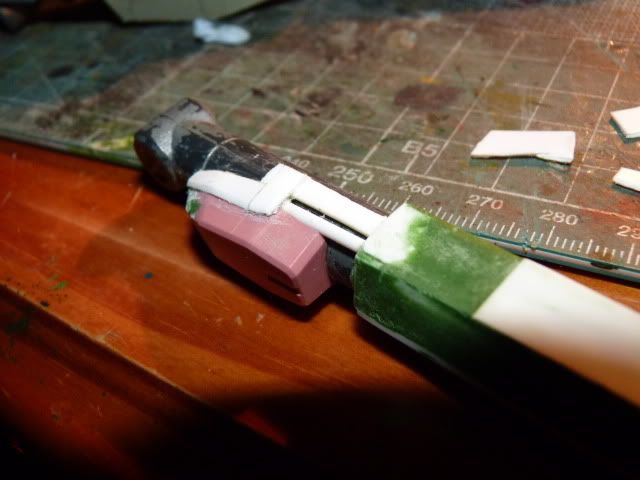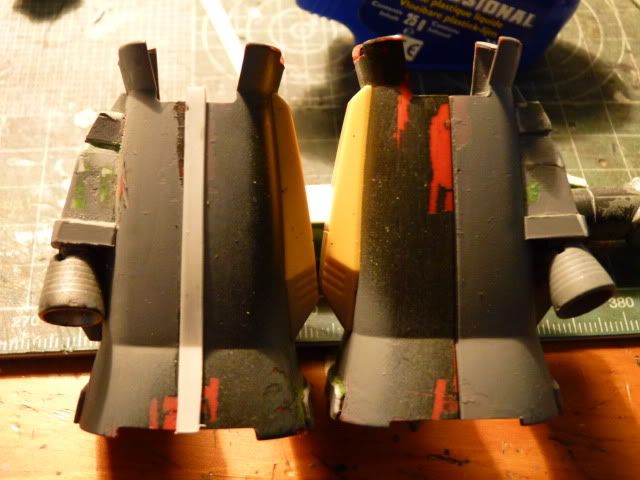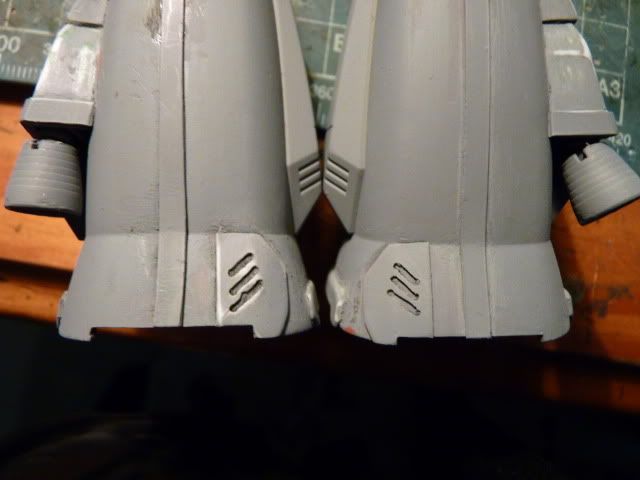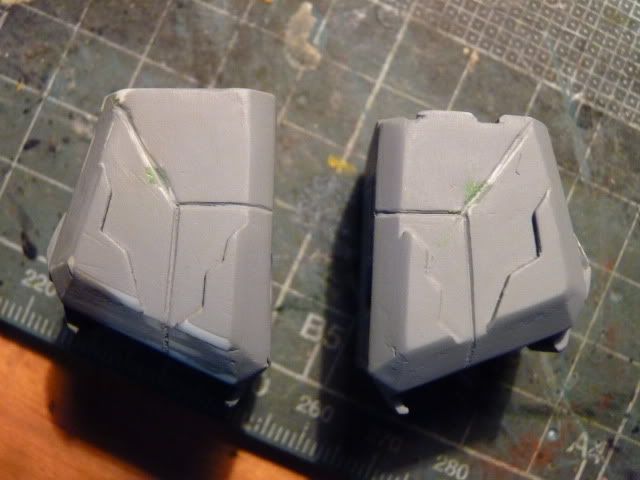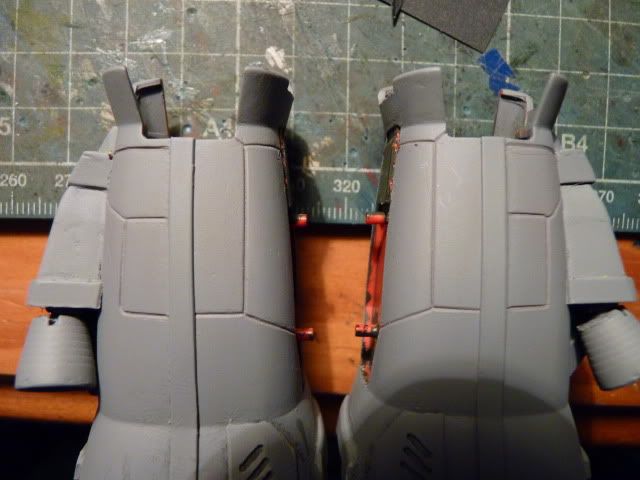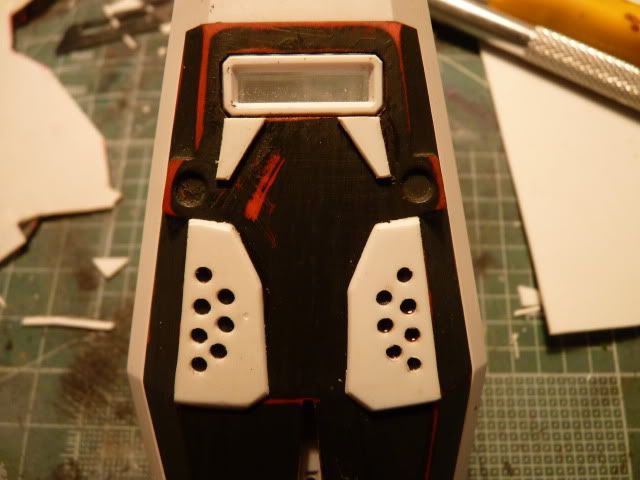Hello, Hello, ladies and gents - The hummingbird is here with another tutorial ( if you could call this tutorial) for easier scratch building and for structural integrity of the scratchbuilt parts. And that, ladies and gents, are achieved by using supports, just like using girders when a building is being built.
A word of advice before going on, my method ( just like all and any other methods out there) is not THE way to do thing. It works for me and I wanted to share this with my peers and most especially, the juniors in this hobby. You are more then welcome to experiment with this method and tweak it around and come up with your own or use it to how you see fit.
Alright, Lets get cracking.
As you may all know, structural integrity is important. I mean, would you want to see your SB parts buckled or snapped off due to weight issue, not currently alinged... so on so forth, after such long pain staking hours working on it and at the end '''' uh-uh ''? I seriously don't want to. I would go on a rampage if that happens. Now, that's where and when ''supports'' come in. Trust me, it works wonder.
Lets take a look at this picture for example.
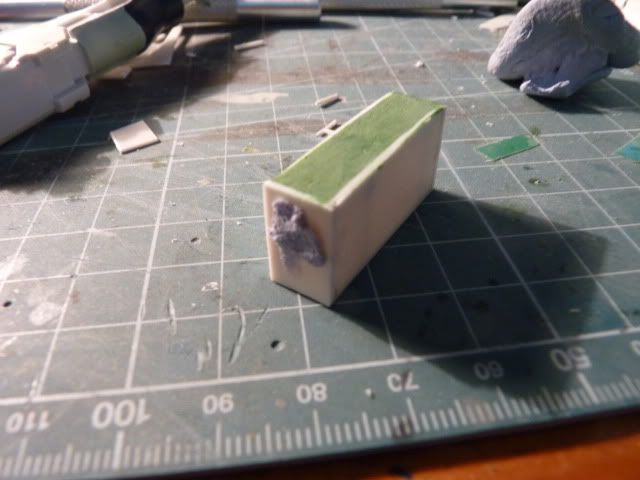
This is nothing more then a simple box, yes ? Now, you might be wondering why I am showing you guys this ...... The Answer is right in the next picture..
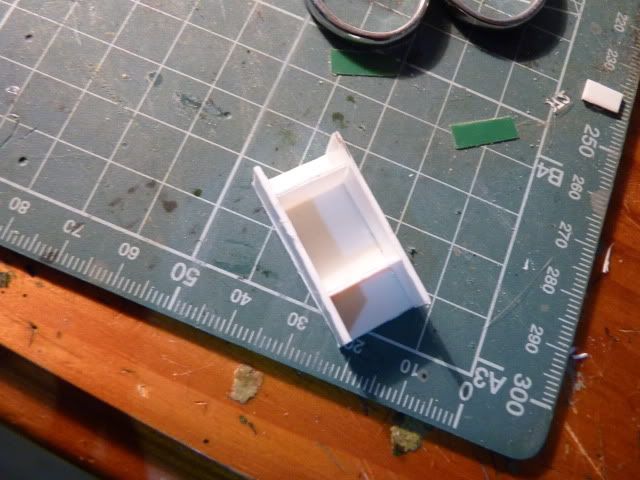
VOILA .... AS you can see, I put in two supports across the ..eh.. length??!!!??... ( anyway).. across the two sides .. before closing of the top and base and one of the sides. That, my friends, IS the support system I am using.
Now, I will give a details brake down of how this support system is useful. Lets take a look at the picture below -

Right, as you can see, that picture is from one of my wips where I was using the support system to its fullest. I wanted to shape the general cockpit idea of the concept mecha and I did this to start the process of building the body. Right, as you can see, I have put in two supports, support 1 and 2, clearly indicated by red arrows. Now, do you see the pink line with the caption ''Part A '' ?? Right, just at the end of it, are some pegs from the scrap parts of the HG S-gundam I'm using. One Could Argue that I could just simply glue the plate ( part A) on those pegs at that back. That is true yes, I could, but that is also wrong. Of cos, that same question comes into my mind and I have tried it and it was a utter failure. The little plate glued on to those little pegs cannot hold the weight of the Canopy and it was wobbly, in addition to the canopy bending down. Hence, I took it off again and put in Support 1 which is a direct support between the Scrap Part and Part A, holding the weight of the canopy and Support 2, at a diagonal, to brace the weight and also to support ''1''. And voila, no more wobbly canopy, solid and stiff and firm.
Lets take a look at another photo -
This is what using supports has given me. Again, I could just glue that slab inside the chest but doing that won't guarantee complete stability and with posing and futher handling, there will be a failure ( a failure as in breaking, snapping, etc). Lets take a look at another picture.
Right, in this photo, you will see that I use supports for two reason - (i) for integrity and (ii) for shaping/forming.
(i) At the top photo, you will see side A and Side B, yes? Right, those two are basically glued , as you can see, on the sides of the scrap body part and glued along the length of the top. If I hadn't put in a support between them, the mere appliance of force on those two sides ( side A and side B ) will dis-lodged them, make them deform under force, etc. Now the most important thing to remember on this is that you would want a exactly measured length of support between them, as you don't want the two sides to be at an angle but rather completely straight and flat and parallel to each other and perpendicular to the scarp part.
(ii) Right, for the bottom pictures, its simple. you just put in a exactly measured length, ( exact measured on all four sides). You would want the supports to touch to the back of the canopy and also to touch the back angled part also, you would want the width of the supports to be exactly as the one that you see on the back. that way, when closed up, you will get a nice firm, solid and stress-resisted ( up to a certain level of cos, I mean, you're squeezing this with a hydraulic press or anything) shape or parts.
Another great example of the support system can be found here in this next photo ..
This pic is carefully labelled so I don't think I need to explain further more.
Well, that's about it . That's as much as I know about supports. Again, I stress, my method is not THE method. You can use it, turn it the other way around, or even come with up a better version based upon this. You are, in fact, welcome to do so and If you do, please tell me too, so that I can use your improved methods too.... LOOOL..
I hope my juniors and peers who want to delved into the world of scratch building find this tutorial mighty useful. If you have any questions or need further explanation, please do not hesitate to contact, I will be more then happy to help out.
Until Next post then.
Stay Tuned for more.



















